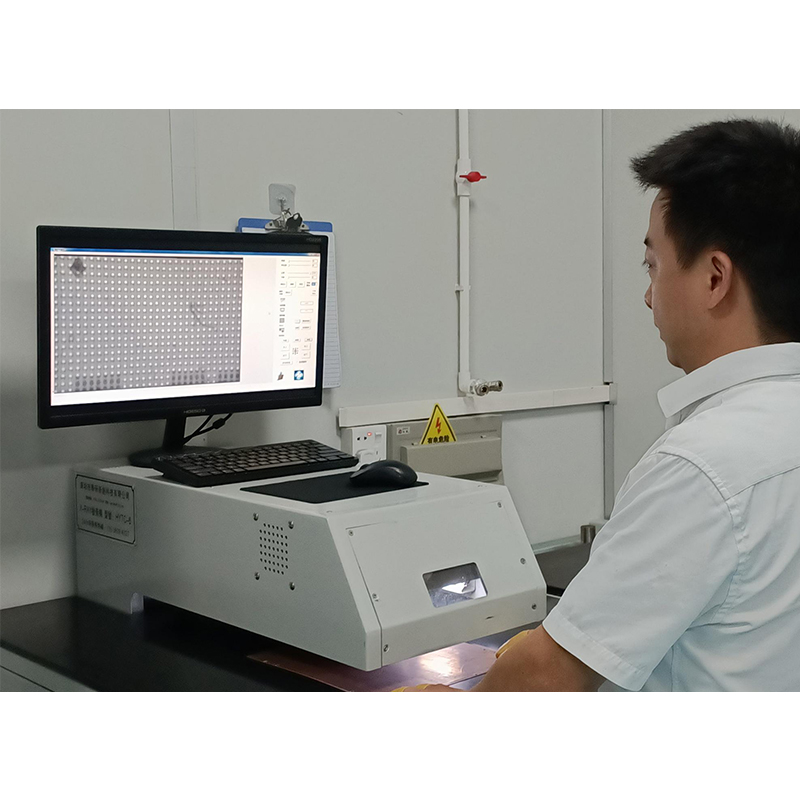In this blog post, we will explore the various methods used to test the electrical performance of ceramic circuit boards.
Ceramic circuit boards are becoming increasingly popular in various industries due to their superior electrical performance, reliability and durability. However, as with any electronic component, these boards must be tested thoroughly before being used in an application.
1. Basic knowledge of electrical testing:
Electrical testing is an important part of quality control of ceramic circuit boards. It helps identify any manufacturing defects or performance issues that may affect the board’s functionality and reliability. The goal of electrical testing is to ensure that the board meets required specifications and operates as expected.
2. Insulation resistance test:
One of the main tests performed on ceramic circuit boards is the insulation resistance test. This test checks the insulation properties of a circuit board by measuring the resistance between different conductive paths. It helps identify any potential short circuits or leakage paths that could lead to electrical malfunctions or malfunctions.
Insulation resistance testing typically involves applying a specified voltage to a circuit board and measuring the current flowing through the board. Based on the measured resistance, engineers can evaluate the board’s insulation properties and verify its compatibility with given specifications.
3. Dielectric strength test:
Dielectric strength testing is another important test performed on ceramic circuit boards. It is used to evaluate the ability of a circuit board to withstand high voltage levels without breakdown. This test helps identify any weak spots in the circuit board insulation that could lead to electrical breakdown or short circuits under high voltage conditions.
During a dielectric strength test, the circuit board is subjected to a higher than normal voltage for a specified period of time. The performance of a circuit board is evaluated based on its ability to withstand the voltage without any insulation failure. This test ensures that the board can handle the voltage levels encountered during normal operation.
4. Impedance test:
Impedance testing is critical for circuits that require specific impedance values for optimal signal transmission. Ceramic circuit boards often have controlled impedance traces for high-speed signal integrity. To verify impedance, specialized test equipment is required to accurately measure the circuit board’s transmission line characteristics.
Impedance testing involves sending a known test signal through traces on the board and measuring the signal’s behavior. By analyzing the measured data, engineers can determine whether the board’s impedance meets the required specifications. This test helps ensure that the board operates as expected in high frequency applications.
5. Signal integrity test:
In addition to impedance testing, signal integrity testing is also critical for evaluating the performance of ceramic circuit boards. Signal integrity refers to the reliability and quality of electrical signals passing through a circuit board. Poor signal integrity can lead to data corruption, increased noise, or even complete signal loss.
Signal integrity testing involves injecting test signals into a circuit board and measuring their response at different points. Engineers look for any distortion, reflections or noise that might affect signal quality. By carefully analyzing these measurements, they can identify potential problems and optimize the board’s design to improve signal integrity.
6. Thermal test:
Another critical aspect of testing ceramic circuit boards is thermal testing. Ceramic plates are known for their excellent thermal properties, making them suitable for applications involving high temperatures or rapid temperature changes. However, it is still necessary to verify the thermal performance of the board to ensure it can withstand the expected operating conditions.
Thermal testing involves exposing a circuit board to various temperature extremes and measuring its response. Engineers analyze how circuit boards expand, contract and dissipate heat to ensure they maintain their electrical performance under varying thermal conditions. This test ensures that the board will not malfunction or degrade when exposed to a specified temperature range.
In summary
Ceramic circuit boards undergo extensive testing to ensure that their electrical performance meets required specifications. Insulation resistance testing, dielectric strength testing, impedance testing, signal integrity testing, and thermal testing are some of the key methods used to evaluate circuit board functionality and reliability. By thoroughly testing ceramic circuit boards, manufacturers can provide high-quality, reliable and durable products to meet the diverse needs of modern industry.
Post time: Sep-29-2023
Back







